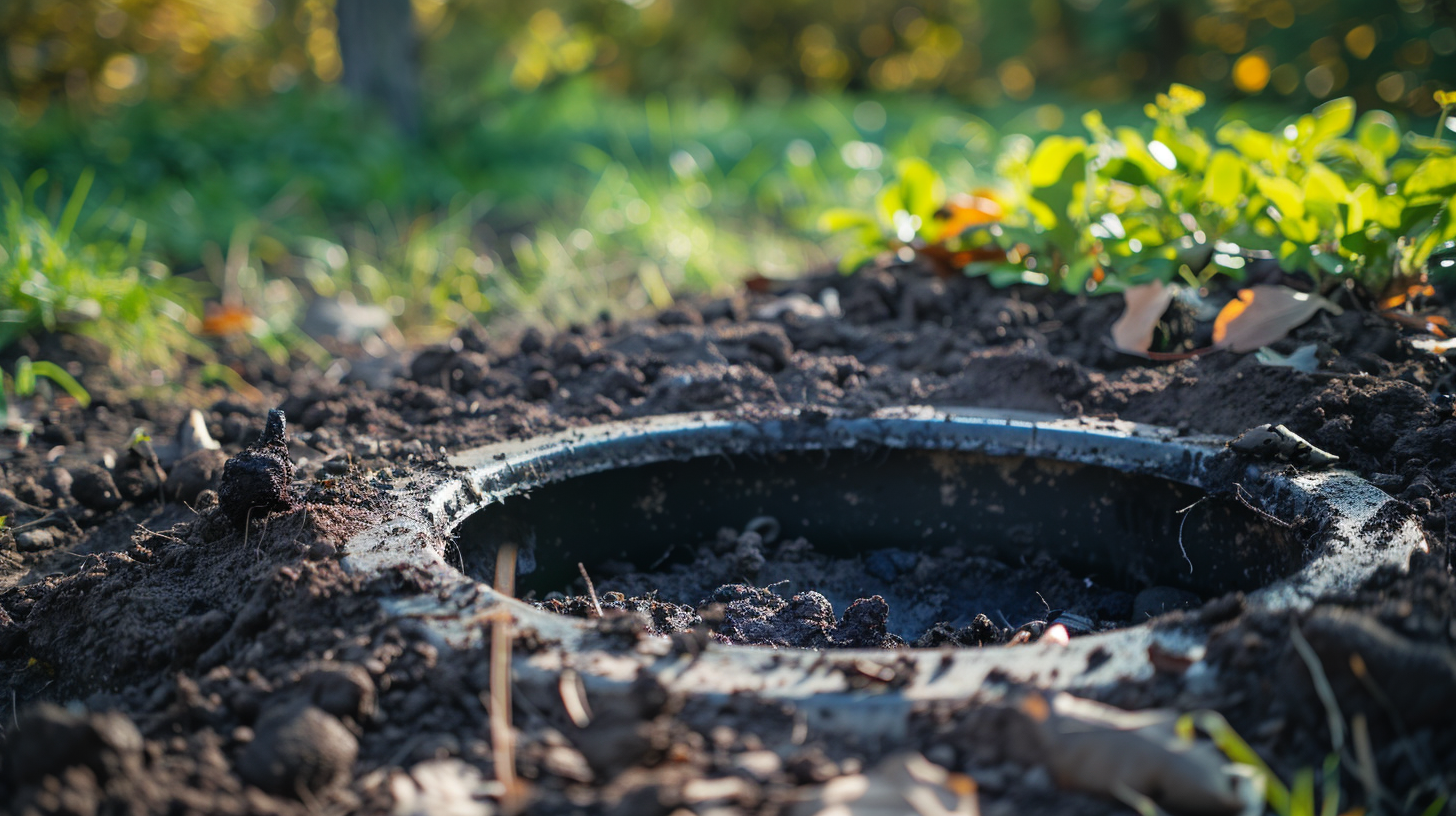Key points
• Good for the Environment: Systems that compost septic waste are made to process and reuse human waste in a way that doesn’t hurt the environment. This means less use of chemicals and cleaner water. The end product is a natural compost that helps soil, which is great for keeping waste treatment eco-friendly.
• Easy Upkeep: Generally, these composting systems don’t need as much care as the old-school ones. They work by breaking down waste with oxygen, which does the job quicker and isn’t as smelly. Still, they’ve got to be checked regularly to make sure they get enough air, the right balance of waste materials, and that they stay warm enough to work right.
• Where to Put Them: If you’re out in the sticks or somewhere that regular sewers aren’t a thing, a composting septic system might just be the ticket. They can save you some coin in the long run. But hold your horses – you’ve gotta make sure they’re allowed where you are, and that the weather and dirt in your backyard are a good fit for them to do their thing properly.
Contents
- 1 Key points
- 2 Historical Context and Evolution
- 3 Environmental and Sustainability Benefits
- 4 Physical Components and Design Elements
- 5 Site Assessment and System Sizing
- 6 Choosing the Right Tech for Composting Toilets
- 7 Installation Guidelines and Best Practices
- 8 Community-scale and Institutional Systems
- 9 Adaptations in Diverse Climates and Geographies
- 10 Technological Advances
- 11 Research and Development in Composting Systems
- 12 Current Changes in Eco-Friendly Waste Handling
- 13 Frequently Asked Questions (FAQ)
Historical Context and Evolution
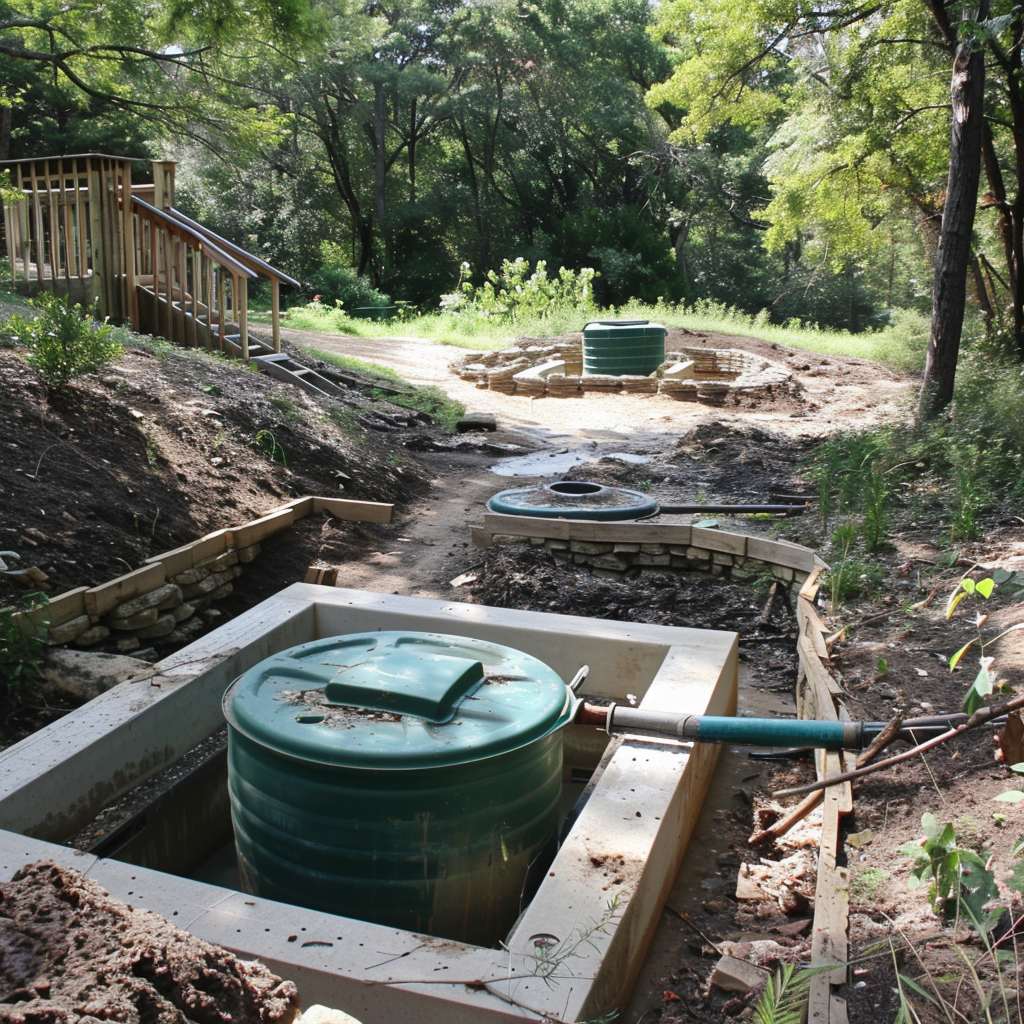
For ages, people have turned human waste into compost to better their soil—ancient folks were into it too. The whole thing really got going because we wanted to take better care of our planet and live in a more sustainable way. Fast forward to today, and the humble composting loo has come a long way; thanks to all kinds of tech upgrades, they’re now more effective and nicer to use than ever.
Environmental and Sustainability Benefits
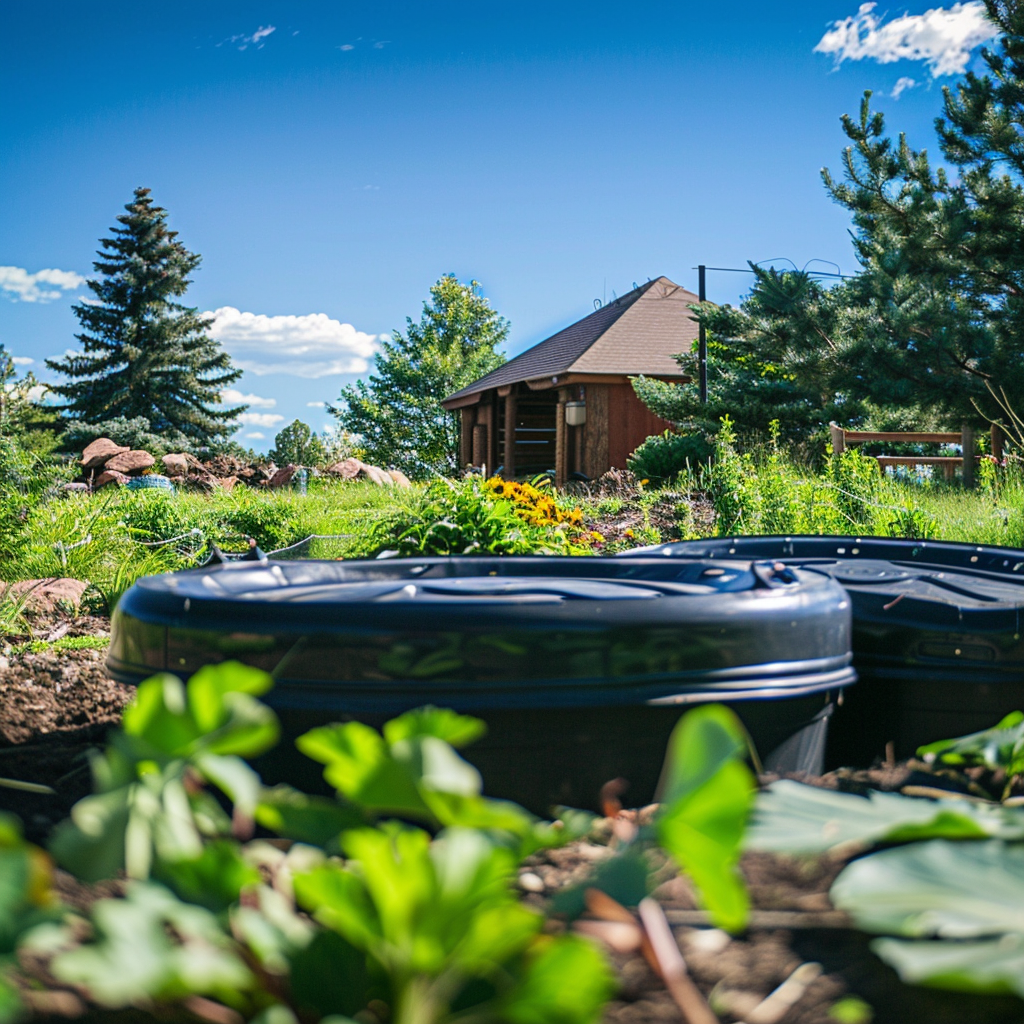
Composting have several environmental and sustainability perks. They:
- Cut down on water use by getting rid of the need for water-reliant sewer systems.
- Block pollution because they don’t release waste into rivers or the earth.
- Feed nutrients back to the ground, making full use of resources.
These systems are a big win for green waste handling, slashing the bad effects we see with standard sewage disposal.
Composting takes organic stuff and turns it into stable compounds. It’s key for managing human waste in a safe, planet-friendly way in these systems. Getting the lowdown on composting could make waste handling super green.
Biological and Chemical Processes
Composting toilets work through bio and chemical reactions that zap waste. Tiny critters munch on the organic bits, turning them into compost. Oxygen’s a big help here—it boosts those little guys as they break things down. Mix carbon-y stuff like wood chips with nitrogen-rich human waste, and you get perfect conditions for these microbes.
Decomposition
The star of the show in composting is decomposition. Microorganisms tackle organic material, creating a less smelly mix that’s way better to deal with. Septic systems shine here, shrinking waste size and giving a non-poisonous result that’s often great for plant food.
Pathogen Destruction
All that microbe munching also cranks up the heat, which wipes out dangerous germs in the waste. When a composting toilet is kept right, it gets hot enough to cut down health dangers, so you get compost that’s cool for gardening.
Nutrient Cycling
With composting, the goodies from waste get a second life. They end up in dirt, not messing up our rivers, helping plants grow and keeping things green in a never-ending eco-savvy loop.
Physical Components and Design Elements

An effective composting toilet needs the right parts and a smart design to work well. These help break down waste properly, keeping things clean and user-friendly.
Composting Chambers
The composting chamber is key to any composting toilet. It’s where the waste breaks down. They come in different sizes and you’ll need enough room to add waste for about a year. After that time, you move it to another chamber to finish breaking down.
Ventilation and Aeration
Good air flow is crucial for aerobic composting. Ventilation keeps oxygen levels up and helps cut down on odors. You can mix the compost by hand or use fancy machinery to do it.
Leachate Management
The liquid runoff, known as leachate, from the compost needs special handling to protect the environment. Lots of systems collect this liquid so it can be safely processed or made to evaporate.
A well-thought-out composting toilet uses natural processes to deal with waste efficiently. Such systems save water and recycle nutrients, which is great news for those into green living. If you’re thinking about getting a composting toilet, remember it takes more than just installation – it requires planning and understanding how it operates. Done right, it will manage waste for however many people use it, without harming the planet.
Site Assessment and System Sizing
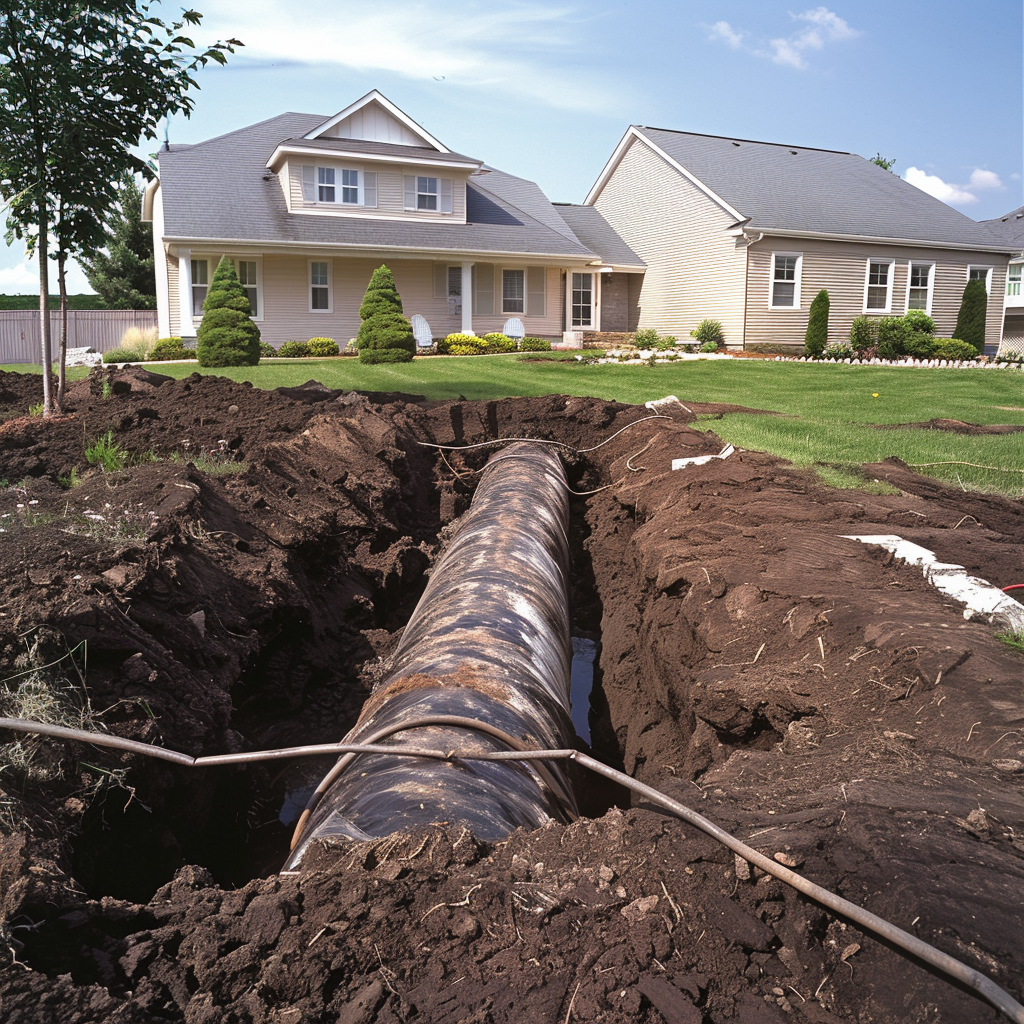
First off, it’s vital to check out the location where your composting toilet will go. You need to figure out what kind of soil you’ve got, how high the water underground is, and the rules in your area. It’s super important to get the right size for the toilet system, so it fits what your home or building needs.
If you guess too low on the size, you might overwhelm it, but if you go too big, you’ll end up wasting money. You might have to check on it now and then to make sure it’s still doing its job right, especially if how much you use it changes.
Choosing the Right Tech for Composting Toilets
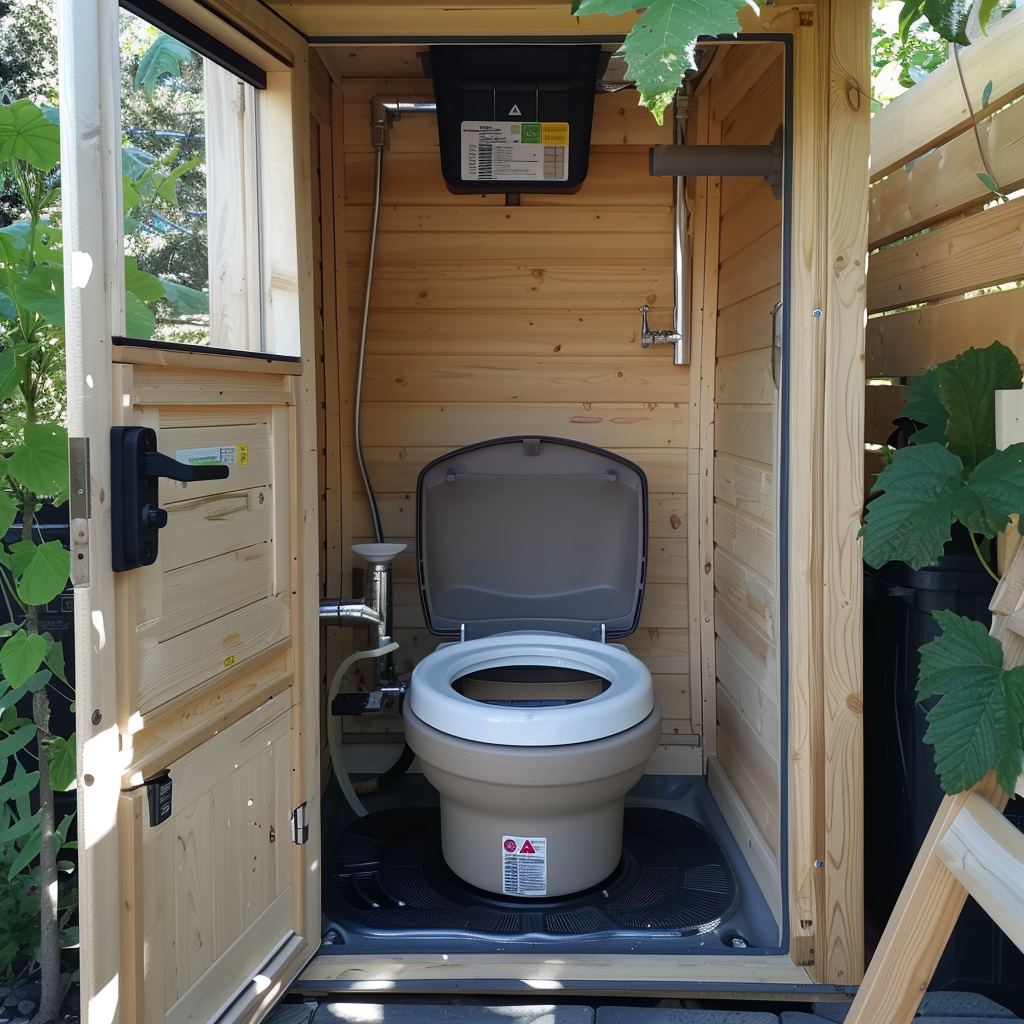
It’s important to pick the best tech for your composting toilet since it affects how well it works and how easy it is to use. There’s a variety of options, like units that stand alone or ones that work for a whole building. They can be made for dry places or rainy ones, and for just one house or a bunch of them at once. When deciding, think about what you like, the weather where you live, and if you’re okay with fixing it up when needed.
Installation Guidelines and Best Practices

Properly installing your composting toilet is key to making sure it works well and doesn’t cause health issues or bad smells. To do it right:
- Stick closely to the instructions from the maker.
- Make sure there’s enough airflow for the composting to happen and to take away any stink.
- Put the unit in just right so it’s at the best angle for using it and breaking down waste.
- Keep the area around it clear so you can get to it for upkeep or to take out the finished compost.
If you follow these tips, not only will your system work better, but it’ll last longer too.
Taking care of a composting toilet isn’t hard, but you’ve got to stay on top of it. A big part of upkeep is keeping the right balance between nitrogen from pee and poop, and carbon from stuff like wood chips or peat moss. These bits are what helps everything break down properly.
Monitoring Composting Processes
You’ve got to watch your system. Check how wet it is – you don’t want it too soggy or bone-dry. Also, see how warm it is inside to tell if the tiny organisms are doing their job. Writing down what you notice can help you spot trends. If anything seems off, you’ll know pretty quickly.
Adjusting Conditions for Optimal Performance
Sometimes you’ve gotta fine-tune things. Like with moisture—if there’s too much, toss in more carbon material. If it’s too dry, a splash of water should do the trick. Airflow is another thing you might need to fix up. Good ventilation is super important for keeping things smelling fresh and breaking stuff down right.
Maintenance Routines and Troubleshooting
Routine maintenance helps dodge big troubles later. Regular jobs include putting in new carbon material, clearing out finished compost, and cleaning vents or screens. If something feels off—like a weird smell or slow breakdown—you want that troubleshooting manual handy. Often, it’s just about changing the moisture, heat, or air to make things right again.
All in all, looking after a composting toilet system needs you to pay attention regularly. Watch what goes into it and how things are moving along. Adjust bits when needed, and don’t skip your maintenance work. Do all this and your system should keep ticking over just fine.
When setting up a composting toilet, know the rules well and always play by them. The exact do’s and don’ts will depend on where you live but don’t overlook any of them.
Health and Safety Standards
Keeping people safe is a big deal. Your toilet has to handle waste without any leaks or bad smells escaping. Always check that the final compost won’t cause any harm if someone touches it or uses it.
Permitting and Inspections
Before you start building, talk to local officials. You’ll typically have to show plans and explain how everything’s going to run. Once installed, expect some visits from inspectors making sure all is as promised and meets building and environmental standards. You might also have follow-up checks later on for continued compliance.
Compliance with Local and Regional Regulations
It’s crucial to stick to your area’s specific rules about building codes, environmental laws, etc. Some places have tighter rules about where you place waterless toilets because of groundwater concerns or delicate nature spots nearby. There can also be different rules about using your finished compost in gardens or needing to toss it via official waste services.
Taking a look at how composting toilets work in real life shows they’re practical and eco-friendly. We learn from households, communities, and larger outfits experimenting with them across various settings.
Residential Composting Septic Systems
At home, more people are switching to composting septic systems. They save water and give back valuable fertilizer for the yard. You’ll see families who have cut down on water use and helped their garden soil with composting toilets. It’s an all-around win for sustainability because it reconnects our waste back to nature’s cycle.
Community-scale and Institutional Systems
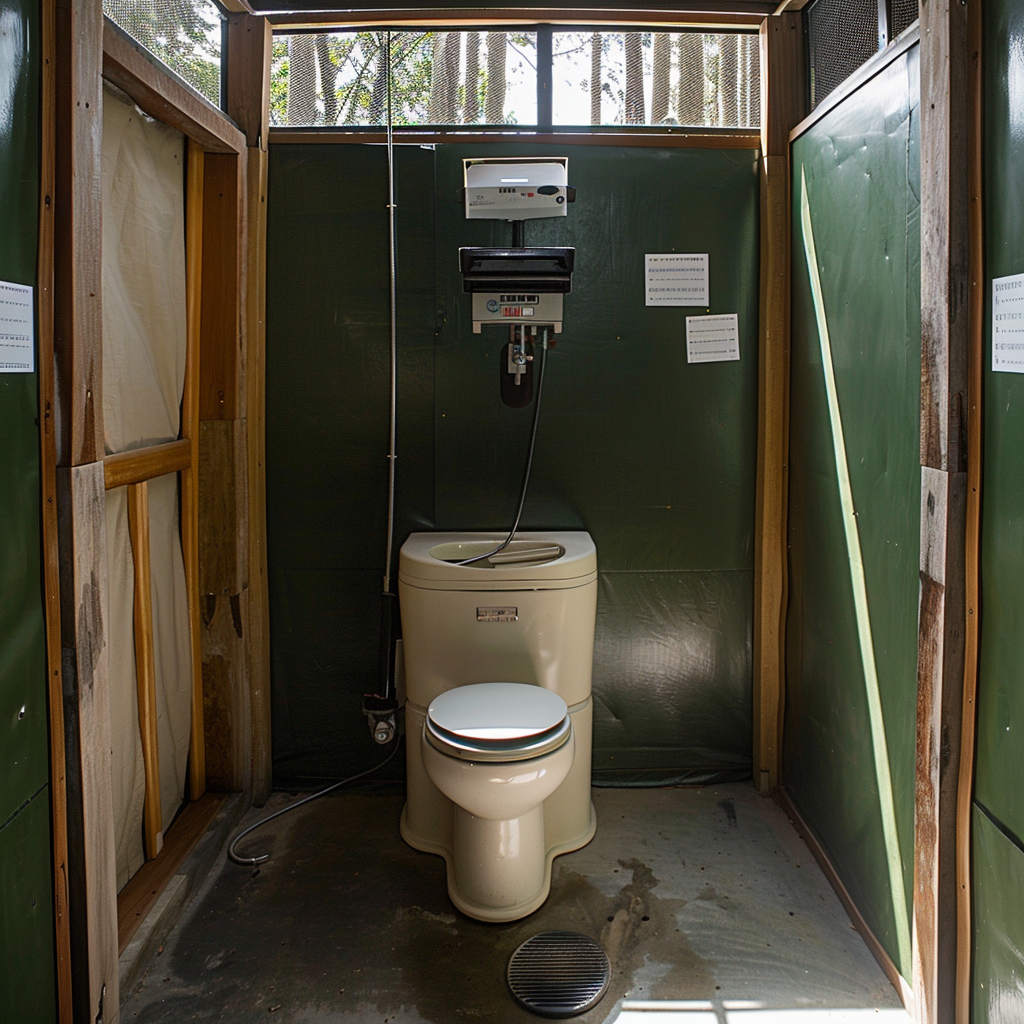
Bigger groups like towns and schools are now using composting toilets to handle waste better. These examples show how such systems are set up in places that don’t have easy plumbing options or where it’s too expensive, like at schools, parks, and places for fun activities. The toilets aren’t just useful for a lot of people; they also teach folks how to be eco-friendly and save natural resources.
Adaptations in Diverse Climates and Geographies
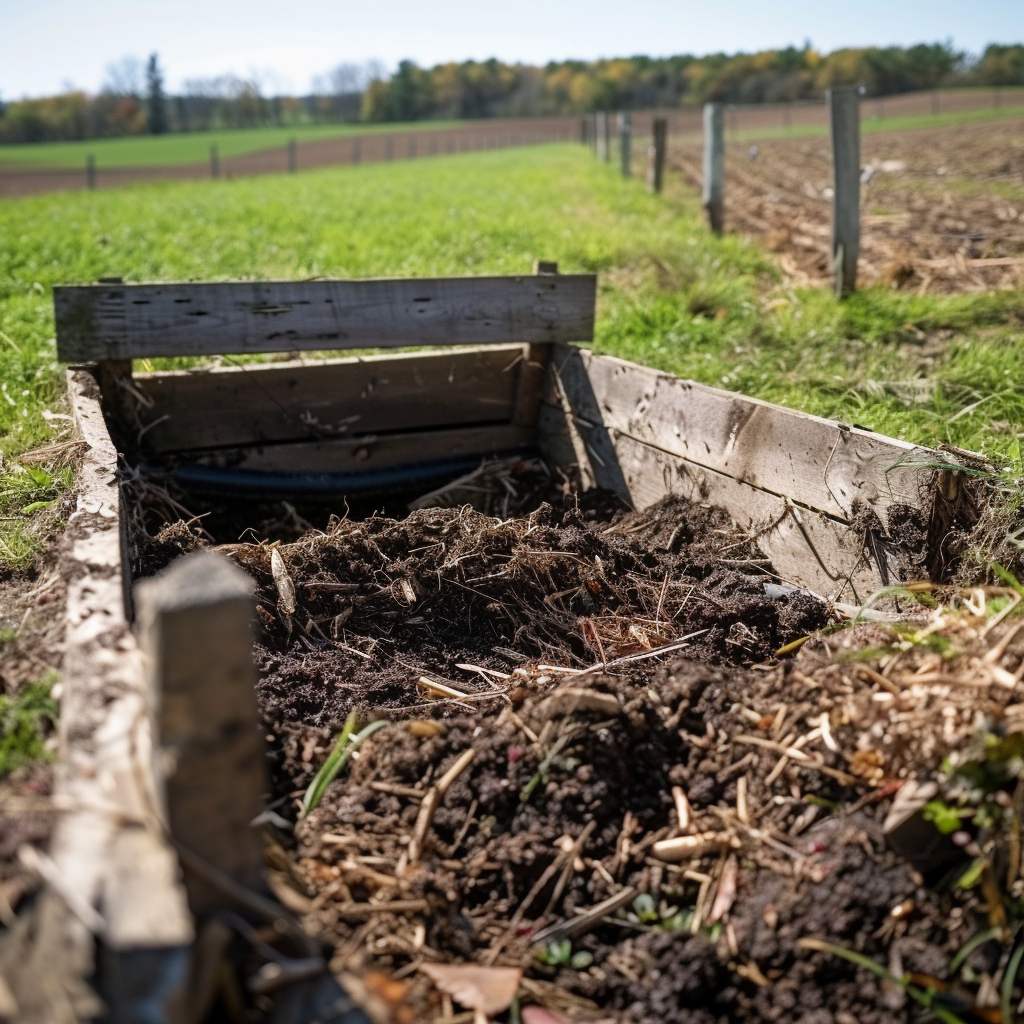
Composting toilets are super flexible, fitting into all sorts of climates and locations. No matter if it’s a place that’s baking hot and dry, or somewhere freezing cold and damp, there are examples out there showing how these systems can be adapted to work. In dry spots, they save the priceless water we need, while in the cold places, you can get ones with insulation to keep the composting going even when it’s really chilly. Because many composting toilets are designed to be put together in different ways, they can be tweaked to meet the needs of where they are.
Technological Advances
In the realm of composting toilets, tech has been getting better, resulting in setups that are easier to use and do a better job. These improvements consist of designs that split up liquid and solid wastes, helping with composting, and fans that stop bad smells. The latest versions even come with electronic tools that let people check on their compost status in real-time.
Another big step forward is the creation of materials that help break down waste and kill off harmful germs. These breakthroughs make sure that using these systems is clean and risk-free for both folks and the planet. There’s also an uptick in models that run on solar energy, showing a move towards not relying so much on other power sources.
Research and Development in Composting Systems
Experts are always on the lookout for better ways to advance composting toilets. They mainly aim to boost the speed of decay by enhancing the work of microbes within the compost units. This is crucial for creating quick and effective systems that everyone can use, no matter where they live or what they need.
A major focus is concocting special mixtures that either jump-start or manage the breakdown process, which helps keep things running smoothly. Moreover, ongoing studies reveal the decomposing patterns of various kinds of waste, opening the door for more uses of compost toilet technologies.
Current Changes in Eco-Friendly Waste Handling
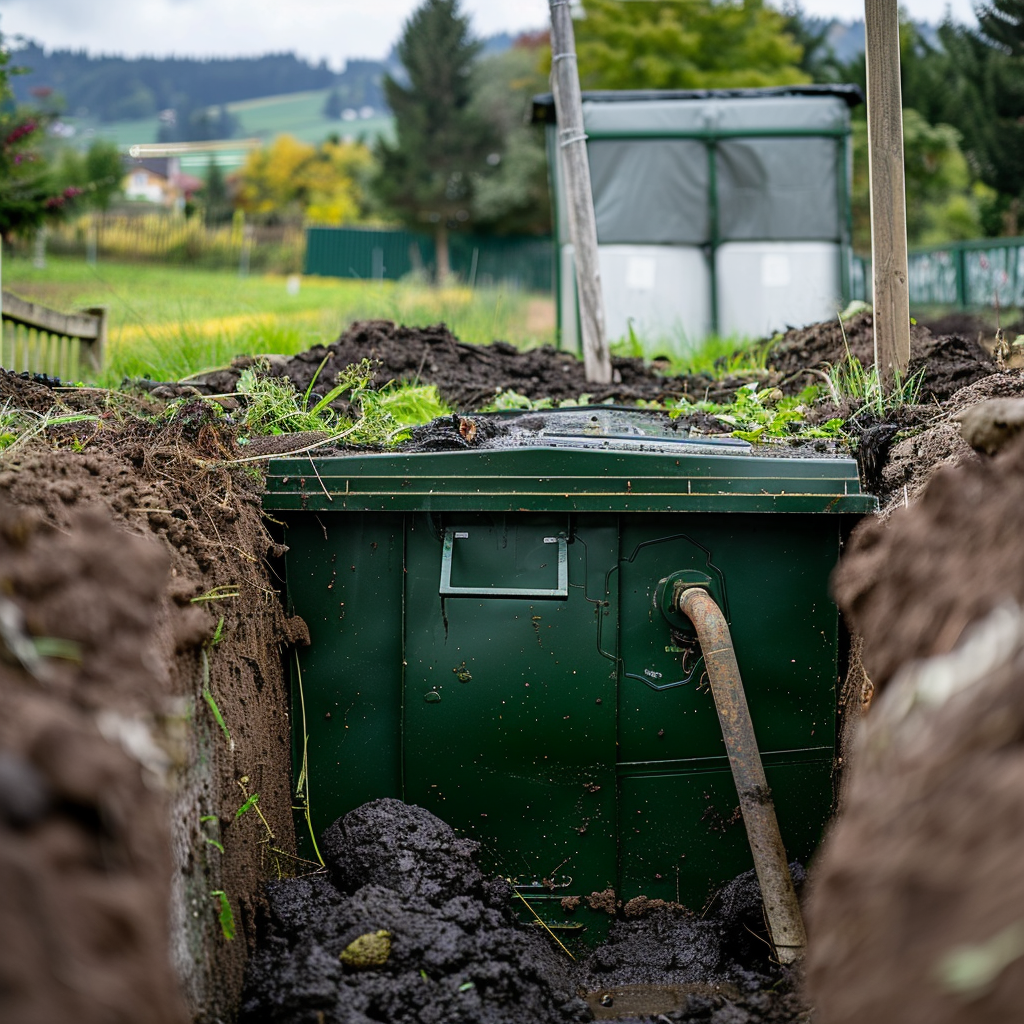
The push for eco-friendly waste solutions is growing stronger, and now composting toilets are catching on. Both public and private spaces are starting to adopt these toilets as part of their green practices.
With a rising awareness of environmental issues, laws and building rules are changing to support and even reward the use of composting toilets. These toilets are becoming more popular, especially in places where there isn’t much water and sustainable waste options are critical.
People are also looking to shrink their environmental impact, which matches up well with using composting toilets. This could lead to more people knowing about and bettering these systems. It seems clear that we’ll keep moving towards eco-friendly habits, with composting toilets playing a big role.
Frequently Asked Questions (FAQ)
How do composting toilets promote water conservation?
Composting toilets considerably reduce water use by forgoing the need for traditional flushing. They separate urine from human excreta, allowing solid wastes to undergo decomposition and evaporation processes within the composting chamber. Given that standard toilets are substantial contributors to water waste in homes, composting toilets present an eco-friendly alternative, saving thousands of gallons of water annually and offering a sustainable solution for areas with limited water resources or those seeking independence from the grid.
What is PBTS and how is it related to composting septic systems?
PBTS stands for ‘Primary Biological Treatment Systems,’ which are integral to composting septic systems. These systems manage organic wastes like human excreta, kitchen wastes, and more by harnessing the power of microbes to break down the material into compost. This biological process transforms wastes into valuable plant nutrients, fostering a natural recycling of resources and reducing the need for chemical fertilizers in agriculture.
Why is homeowner involvement important in composting septic system maintenance?
Homeowner involvement is crucial because proper maintenance activity ensures the effective operation of composting toilets. Homeowners must regularly add cover materials to balance moisture content and facilitate aerobic conditions, ensure optimal temperature and moisture levels with features such as fans or heaters, and occasionally turn or mix the compost to aid in decomposition. Moreover, vigilant monitoring of these factors can avert potential problems such as odor or ineffective composting.
Can a composting septic system handle kitchen wastes in addition to human waste?
Yes, many composting toilet designs are capable of handling both human waste and kitchen wastes. The combination of organic matter creates a rich environment for bacteria to thrive and accelerates the decomposition process. However, homeowners should be educated on what types of food waste are appropriate, as some materials may disrupt the carbon-nitrogen balance vital for effective composting.
In what ways does a composting septic system align with sustainable farming practices?
A composting septic system aligns with sustainable farming practices by recycling human excreta and potentially other organic wastes into nutrient-rich compost that can replace chemical fertilizers. This not only nourishes soil but also maintains its fertility, thus combating soil degradation. Furthermore, by managing waste on-site, these systems protect aquifers and surface water lands from contamination associated with traditional wastewater facilities.
What roles do agitators, thermostats, and humidistats play in a composting septic system?
Agitators simplify the mixing process within the composting chamber, promoting uniform decomposition and preventing clumping. Thermostats monitor temperatures to ensure that the chamber remains within ideal degrees for microbe activity and pathogen destruction. Humidistats are used to gauge moisture levels – too much moisture can hamper aerobic activity while too little impedes the breakdown of wastes and can lead to dessication before adequate decomposition occurs.
How do climate variations affect the design and function of composting toilets?
Climate variations exert significant influence over composting toilet designs; colder climates might necessitate methods for heating the composting chamber to maintain microbial activity, whereas hotter climates may require additional ventilation or evaporation techniques. Aligning the system with local temperatures is essential to prevent freezing, overheating, or excess moisture, which could each inhibit the desired biological processes.
For Tiny Housers off the grid, what are the advantages of using a composting toilet?
Tiny Housers living off-grid benefit from composting toilets due to their low water usage, absence of a need for connection to sewer systems, and the ability to manage waste autonomously. Composting toilets convert waste into usable soil additives without relying on electricity or plumbing, empowering individuals with independence while adhering to environmental stewardship principles.
Can a homeowner install a composting toilet themselves, or is professional assistance necessary?
While some models of composting toilets are designed for simpler installation that a homeowner could accomplish, this varies greatly based on local health department regulations and the complexity of system requirements. It’s often advised that owners contact professional installation services such as Crews Environmental for expert guidance. Especially for septic system installation, knowledge in areas like soil assessment and permitting is crucial for smooth implementation.
What emergency service options are available if a problem arises with my composting septic system?
If you encounter an emergency with your composting septic system, contacting a specialized service provider who can offer emergency service options is key. Regular septic system maintenance practices can prevent many issues; however, when urgent situations arise, it’s essential to have access to professionals trained in rapid response to assess and resolve complications promptly. Additionally, many education agency programs provide emergency programming support and resources for immediate assistance.

I’m Tim Robberts, a seasoned wastewater treatment & septic system expert with over 40 years of experience in the field. My career began as a septic tank installer, and I quickly gained a reputation for my attention to detail and commitment to excellence. Over the years, I’ve honed my skills in designing, installing, and maintaining septic systems for residential and commercial properties.
